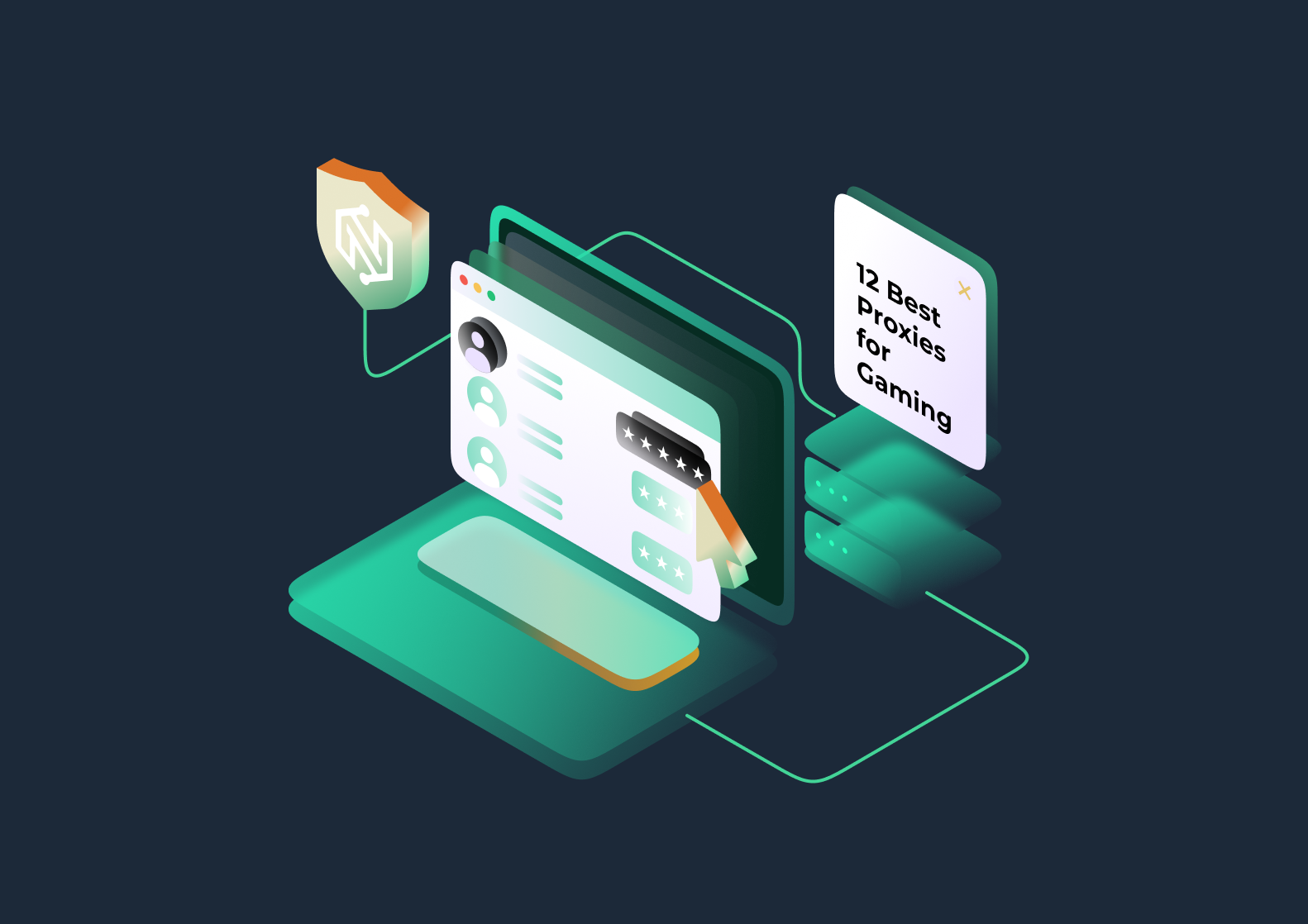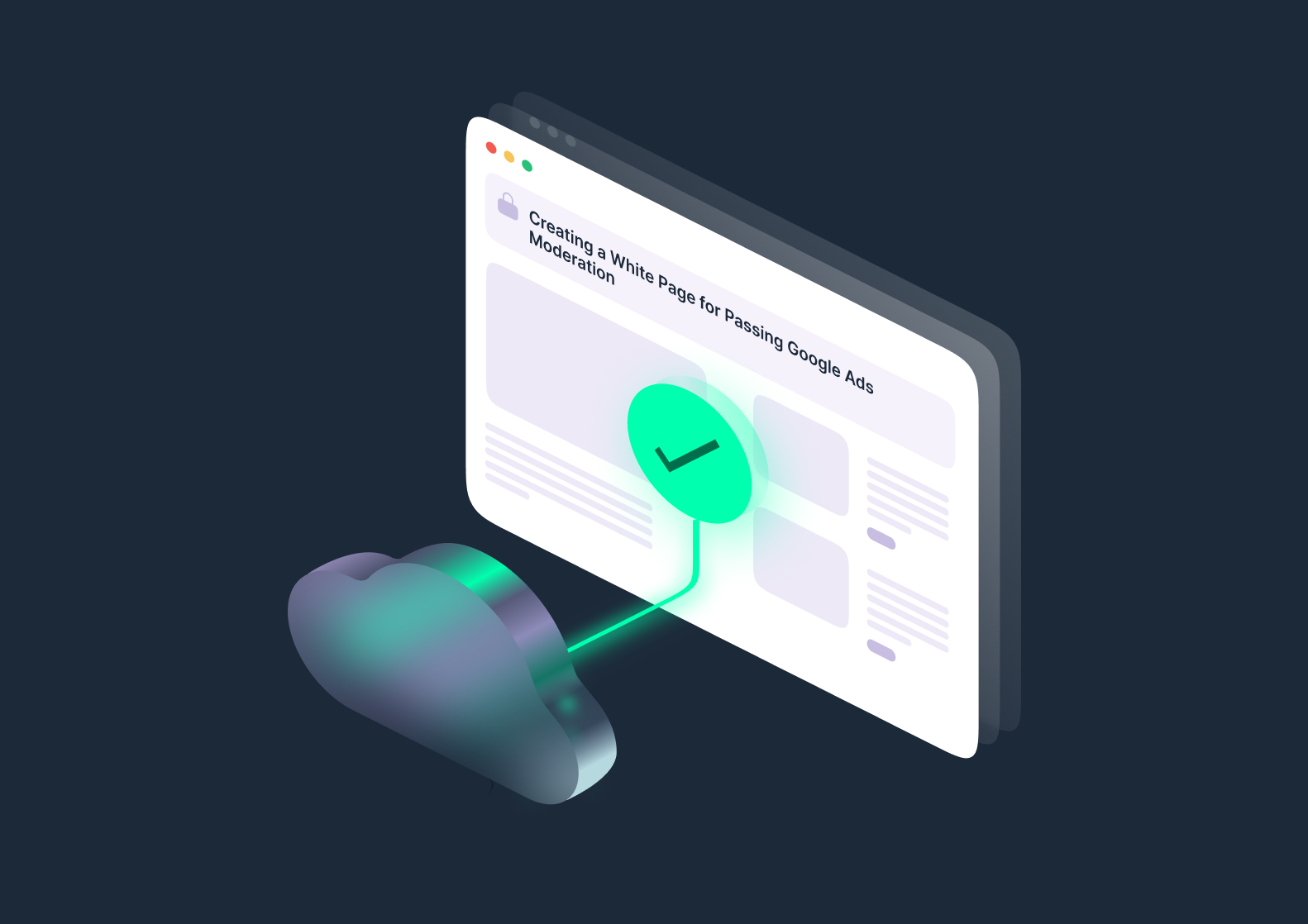Did you know that over 31% of global internet users rely on VPNs and proxies to access restricted content, improve online privacy, or enhance security?
Because everyone uses proxies these days, it’s equally important to know how to find a proxy server address when solving network problems, setting up programs or adding any modifications to your personalization online.
In this article, we’ll explain what is a proxy server address, how to find one and types of devices you can use to find it.
What Is a Proxy Server Address?
Before exploring how to find a proxy server address, we first need to understand what it actually is.
A proxy server address is a unique identifier – usually an IP address or hostname that represents a proxy server. Proxies act as intermediaries between your device and the internet, masking your original IP address and routing traffic through their servers. This process enhances privacy, allows bypassing of geo-restrictions, and helps optimize network performance.
Proxy server addresses differ depending on the type of proxy being used:
- Residential proxies: Use IP addresses assigned to physical devices, such as computers or mobile phones, making them highly trustworthy and undetectable. To reduce blocks and improve stability, many users choose residential proxies with Multilogin.
- Datacenter proxies: These are faster and more affordable but are easier to detect due to their association with commercial servers.
- Mobile proxies: Use IPs assigned to mobile carriers, offering superior anonymity and versatility for mobile-related tasks.
Understanding your proxy server address is crucial for ideal integration into applications. With that, you will gain optimal performance for activities such as account management, web scraping, and content access.
Why Do You Need to Find a Proxy Server Address?
As mentioned, there are several reasons why understanding how to find a proxy server address is important: whether personal or professional.
- Troubleshooting network issues: Locating the proxy server address is often the first step in resolving connectivity problems.
- Fixing misconfigured proxies: Identifying and correcting the proxy address can restore functionality and resolve failed connections or restricted access to websites.
Business applications:
- E-commerce businesses use proxies to track pricing on global competitors’ websites.
- Marketing agencies use proxies to run localized ad campaigns and manage multiple accounts.
Advanced integrations:
- Proxy addresses are essential for integrating with tools like anti-detect browsers, automation frameworks, or custom software.
- Necessary for tasks requiring anonymity and IP rotation, such as web scraping or bypassing geographic content restrictions.
- Avoiding roadblocks: Knowing how to find your proxy server address prevents unnecessary obstacles in personal or professional online activities.
Without knowing how to find your proxy server address, you’re likely to encounter unnecessary roadblocks in your online activities.
Finding Proxy Server Address on Your Device
Most devices provide built-in settings to locate proxy server addresses. Here’s how to find proxy server address on different platforms.
How to Check Proxy Settings on Windows
- Open Settings and navigate to Network & Internet > Proxy.
- Scroll down to the Manual Proxy Setup section to view the configured proxy server address and port.
- Alternatively, access Internet Options from the Control Panel. Go to the Connections tab, click LAN Settings, and locate the proxy details under the “Proxy Server” section.
Finding Proxy Server Address on macOS
- Open System Preferences and select Network.
- Click on your active network connection (e.g., Wi-Fi or Ethernet) and select Advanced.
- Navigate to the Proxies tab to view the configured proxy server address for HTTP, HTTPS, or SOCKS proxies.
Locating Proxy Settings on Mobile Devices
- iOS:
Go to Settings > Wi-Fi, select your connected network, and scroll to the HTTP Proxy section to find the address and port. - Android:
Navigate to Settings > Network & Internet > Wi-Fi, select your active connection and check Proxy Settings under Advanced Options for the address and port.
By following these steps, you can quickly identify the proxy address being used on your device for basic configurations or troubleshooting. For more advanced management, consider using Multilogin, which offers features for efficient proxy rotation and enhanced online anonymity.
Advanced Methods to Identify Proxy Server Address
In some cases, finding a proxy server address requires advanced techniques, especially in enterprise or custom network setups. Here are a few methods:
Identifying Proxy via Router or Network Settings
Your router often holds key information about proxy configurations. Log in to your router’s admin dashboard (typically accessible via IP addresses like 192.168.1.1 or 192.168.0.1) and navigate to the Network Settings or Proxy Settings tab. Here, you can view any proxies configured at the router level.
Example: If your home network uses a proxy for additional security, this information will often be visible under the router’s LAN settings.
Using Third-Party Proxy Tools or Services
Specialized tools like ipinfo.io or proxy detection services can help identify proxy server addresses. These tools scan your network and provide detailed insights, including IP type, location, and provider information.
Example: By using ipinfo.io, you can pinpoint whether your current connection is routed through a residential proxy or a datacenter proxy, making it easier to adjust configurations accordingly.
Troubleshooting Common Proxy Detection Issues
If standard methods fail, tools like Wireshark or network analyzers can help. These applications capture and analyze network traffic, revealing proxy-related details.
Example: If certain requests are consistently routed through a specific IP address, that IP is likely your proxy server. You can use this information to verify proxy configurations and resolve any connectivity issues.
Unlock Residential Proxy Management with NodeMaven
NodeMaven made working with residential proxies a lot easier. We offer:
- Simplified proxy management: NodeMaven eliminates the complexity of troubleshooting networks and scaling automation tasks.
- Massive IP pool: Access over 30 million high-quality residential IPs for unmatched reliability and performance.
- Advanced geo-targeting: Tailor your online operations with precise country, region, and city-level targeting.
- Seamless operations: Enjoy uninterrupted, undetectable connections for managing multiple accounts and bypassing geo-restrictions.
- Optimized workflows: Integrate NodeMaven proxies into your processes for smooth and efficient online activities.
Discover the power of high-quality proxies with NodeMaven today!


